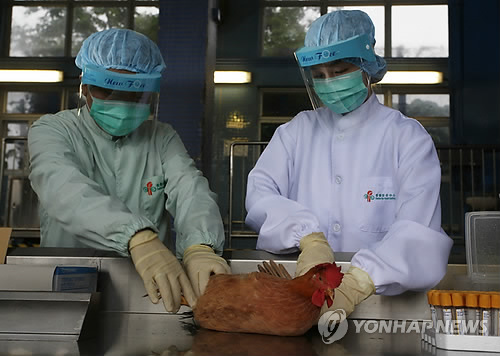- Wu CN, Lin YC, Fann Cathy, LiaoNS, Shih SR, Ho MS: Protection against lethal enterovirus 71 infection in newborn mice by passive immunization with subunit VP1 vaccines and inactivated virus. Vaccine 2002, 20(5-6): 895-904.
- Lin YC, Wu CN, Shih SR, Ho MS: Characterization of a vero cell-adapted virulent strain of enterovirus 71 suitable for use as a vaccine candidate. Vaccine 2002, 20(19-20):2485-2493.
- Hu YC, Hsu JTA, Huang JH, Ho MS, Ho YC: Formation of enterovirus-like particle aggregates by recombinant baculovirusesco-expressing P1 and 3CD in insect cells. Biotechnology Letters 2003, 25 (12): 919-925.
- Shih SR, Chiang C, Chen TC, Wu CN, Hsu JT, Lee JC, Hwang,MJ, Li ML, Chen GW, Ho MS: Mutations at KFRDI and VGK domains of enterovirus 71 3C protease affect its RNA binding and proteolytic activities. Journal of Biomedical Science 2004, 11(2):239-48.
- SF Dowell, Simmerman JM, Erdman DD, Wu JS, Chaovavanich A, Javadi M, Yang JY, Anderson LJ, Tong S, Ho MS: Severe acute respiratory syndrome coronavirus on hospital surfaces. Clinical Infectious Diseases 2004, 39(5):652-7.
- Ho MS, Su IJ: Preparing to prevent severe acute respiratory syndrome and other respiratory infections. Lancet Infectious Disease 2004, 4(11):684-9.
- Dowell SF, Ho MS: Seasonality of infectious disease and severe acute repiriratory syndrome-what we don’t know can hurt us. Lancet Infectious Disease 2004, 4(11):704-8.
- Ho MS, Chen WJ, Chen HY, Lin SF, Wang MC, Di J, Lu YT, Liu CL, Chang SC, Chao CL, King CC, Chiou JM, Su IJ, Yang JY: Neutralizing Antibody Response and SARS Severity. Emerging Infect Dis. 2005, 11(11):1730-7.
- Ho MS: I think I got “That Disease”: An interview with a medical student who had recovered from SARS in Guangzhou, China. Public Health. 2006, 120(1):6-7.
- Chen WJ, Yang JY, Lin JH, Fann CSJ, Osyetrov V, King CC, Chen YMA, Chang HL, Kuo HW, Liao F, Ho MS: Nasopharyngeal Shedding of Severe Acute Respiratory Syndrome-Associated Virus (SARS-CoV) is Associated with Genetic Polymorphisms. Clin Infect Dis. 2006.
- Hsu CH, Hwang KC, Chao CL, Chang SG, Ho MS, Lin JG, Chang HH, Kao ST, Chen YM, Chou P: An Evaluation of the Additive Effect of Natural Herbal Medicine on SARS or SARS-like Infectious Diseases in 2003: A Randomized, Double-blind, and Controlled Pilot Study. Evid Based Complement Alternat Med. 2008, 5(3):355-362
- Jeng JE, Tsai JF, Chuang LY, Ho MS, Lin ZY, Hsieh MY, Chen SC, Chuang WL, Wang LY, Yu ML, Dai CY, Chang JG: Heat shock protein A1B 1267 polymorphism is highly associated with risk and prognosis of hepatocellular carcinoma: a case-control study. Medicine (Baltimore) 2008, 87(2):87-98
- Chung YC, Ho MS, Wu JC, Chen WJ, Huang JH, Chou ST, Hu YC: Immunization with virus-like particles of enterovirus 71 elicits potent immune responses and protects mice against lethal challenge. Vaccine 2008, 26(15):1855-62
- Hsieh YH, Chen CW, Schmitz SF, King CC, Chen WJ, Wu YC, Ho MS: Candidate genes associated with susceptibility for SARS-coronavirus. Bull Math Biol. 2010, 72(1):122-32
- Wu JS, Shih FY, Chiu CH, Yeh YL, Yan JJ, King CC, Ho MS: Evaluation of an Adjustable Epidemiologic Information System. PLoS ONE 2011, 6(1): e14596. doi:10.1371/journal.pone.0014596
|

